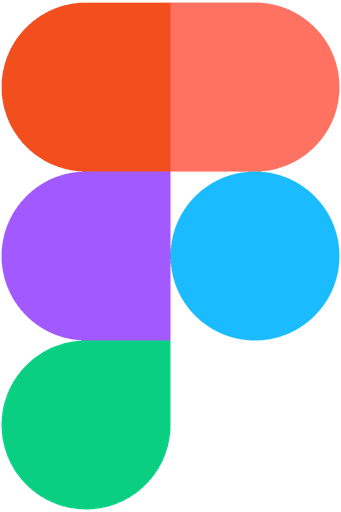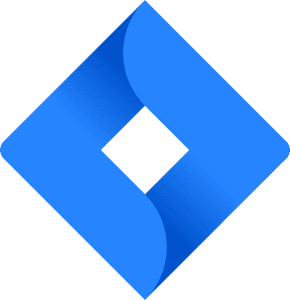Cyragram
SAANSHealth bioAiQ platform aka Cyragram primarily serves the pharmaceutical and life-sciences sector of the healthcare industry. Using cutting edge technology, this solution platform helps clients with optimization of clinical trial selection and matching, pharmaceutical market access for drug distribution, and the pairing of patients with personalized and targeted therapies.
7250 Dallas Pkwy
2022
Health care
B2B
Challenge
As a UX designer, a key challenge in crafting the Cyragram lies in ensuring the seamless integration of intricate datasets while maintaining data accuracy. Additionally, addressing evolving healthcare regulations and industry standards presents an ongoing complexity in our design process
Results
User-Centric Design: I implemented a user-centric design approach, resulting in an intuitive platform that simplifies interaction with complex healthcare data
Efficient Workflows: My design streamlined intricate workflows, making it easier for users to access critical data-driven insights and support informed decision-making within the healthcare sector
Collaborative Success: By fostering collaboration among UX designers and other team members, we created a user-friendly, adaptable solution that positively impacts healthcare decision-making, cost management, and user satisfaction
Process:
Lightning Talks
We initiated the design process with lightning talks from stakeholders to grasp their perspectives, motivations, and key points. Using Miro, we visually captured and organized stakeholder insights, facilitating focused discussions for further clarity
Synthesize Information
Once we finished lightning talks from all the stakeholders, I began to start looking for patterns and began to group together points around larger themes that they represent
This enabled me to not only revisit the information again to take it in at my own pace but also clarify what are the areas we need to truly focus on
Golden Path
With a deep grasp of user pain points and key focus areas, I collaborated with stakeholders to create an MVP's golden path.
This path outlines how users navigate the product to access its most valuable feature
Sketching
Before diving into low-fidelity designs, I organized a 'Crazy 8’s' sketching exercise to understand stakeholders' visions and perspectives
This helped me not only understand what mental models they had in mind but also prepare solid reasoning beforehand if I was bringing designs that were radically different from what they were expecting.
High Fidelity Designs
With a high amount of clarity that has been established due to the process that was followed so far, I started to build the high fidelity version of the product.
Like crafting a sculpture, creating a zero-to-one product isn't about achieving perfection from the start. We construct it based on initial assumptions, validating our ideas and continuously refining the product through rapid iterations
Developer Handoff
I try to ensure as much information needed by the developers is added directly to the design document to ensure easy collaboration between teams.
Hand-off according to me is also an iterative process as what worked for one team might not work for the other. So having the flexibility to make changes on the fly is important for me.










